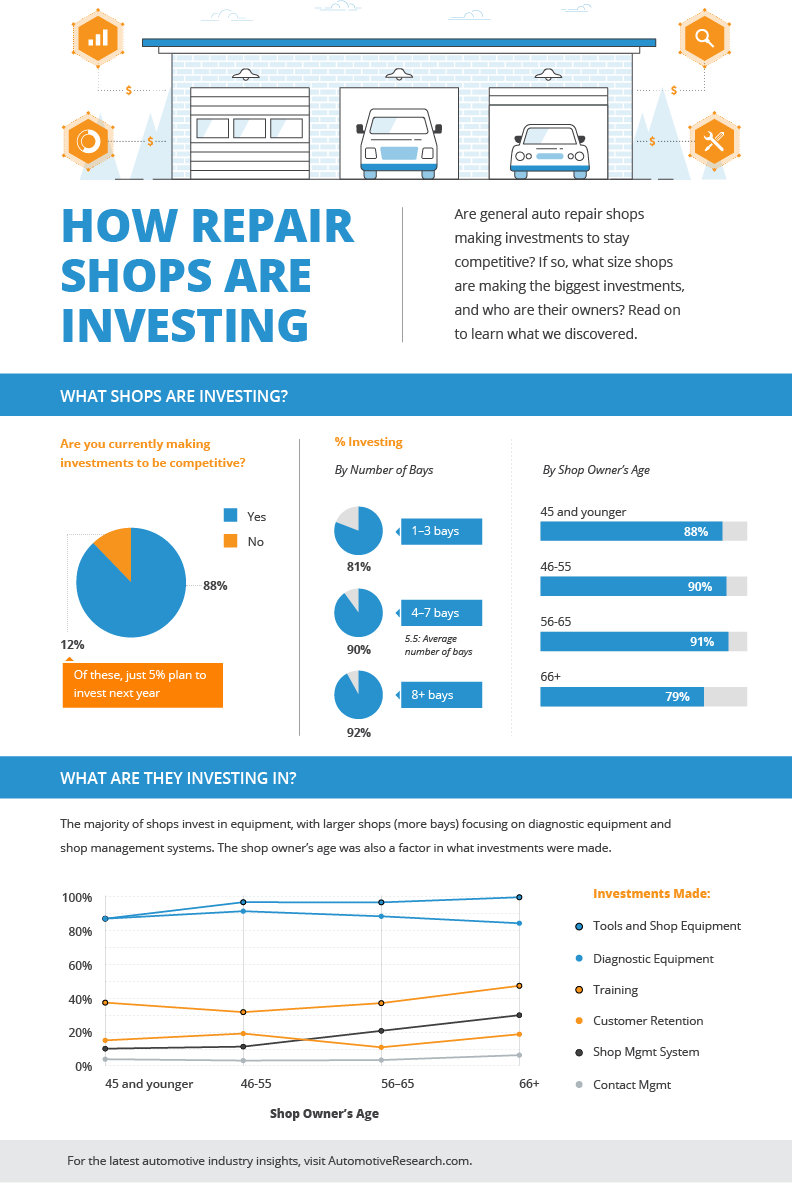Are You Knowledgeable About The Meanings Of Control Panel Warning Lights? Discover Their Ramifications And Protect Against Possible Automobile Troubles-- Your Security Is Vital
Are You Knowledgeable About The Meanings Of Control Panel Warning Lights? Discover Their Ramifications And Protect Against Possible Automobile Troubles-- Your Security Is Vital
Blog Article
Post By-Bennetsen Randrup
When you lag the wheel, those control panel caution lights can be a genuine mystery. Yet did you understand that decoding them can save you from possible car difficulties later on? From the threatening check engine light to the refined oil stress warning and the ever-important battery light, each one serves as an essential signal from your lorry. It's time to shed light on these common control panel warnings and furnish on your own with the expertise to browse the road ahead.
Understanding the Examine Engine Light
When your control panel brightens with the check engine light, it is essential not to panic but to take prompt activity. The check engine light serves as a warning that your lorry's onboard analysis system has actually detected a prospective issue with the engine, exhausts, or other critical elements. Neglecting this light can bring about more severe problems down the road, so it's necessary to resolve it promptly.
To understand the source of the issue setting off the check engine light, you can use an OBD-II scanner to get the certain difficulty codes kept in your vehicle's computer system. These codes supply useful information that can aid pinpoint the underlying trouble.
While some problems triggering the check engine light might be small, such as a loosened gas cap, others could suggest more significant worries that require expert focus.
Deciphering the Oil Pressure Warning
Upon observing the oil pressure warning light on your control panel, instant focus is essential. This warning indicates that the oil stress in your engine may be also reduced, which can bring about major engine damage otherwise addressed immediately. Reduced oil pressure can be brought on by a variety of concerns such as a leak, a damaged oil pump, or low oil degrees. Neglecting https://www.autobodynews.com/index.php/john-yoswick/item/25382-collision-repairers-discuss-how-they-are-coping-with-parts-supply-chain-issues.html advising light could cause costly fixings or even engine failure.
If you see the oil stress advising light begun, the primary step is to securely pull over to the side of the road and shut off your engine. Examine the oil level utilizing the dipstick and guarantee it goes to the suggested degree.
If the oil level is reduced, top it up with the appropriate oil for your car. If the oil degree is sufficient, don't continue driving and seek assistance from a technician to diagnose and fix the problem promptly. Keep in mind, preserving correct oil stress is necessary for the health and long life of your engine.
Analyzing the Battery Light
To understand the value of the battery light on your dashboard, you have to understand its crucial duty in your automobile's electric system. When the battery light brightens while you're driving, it indicates that the electric system isn't receiving adequate power from the battery.
This could be because of a failing battery, a faulty generator, or issues with the charging system. Overlooking this alerting light could bring about your car stalling or being not able to start.
If the battery light comes on, it's suggested to securely pull over and have your automobile checked by a mechanic asap. They can execute diagnostics to identify the underlying issue and avoid a prospective breakdown.
Final thought
Now that you recognize exactly how to recognize the most common warning lights on your dashboard and what they suggest, you can resolve any type of possible problems quickly. Remember, the check engine light, oil stress warning, and battery light are all important signs of your automobile's health and wellness. Stay notified, stay secure, and maintain your automobile running efficiently by focusing on these warning signs.
